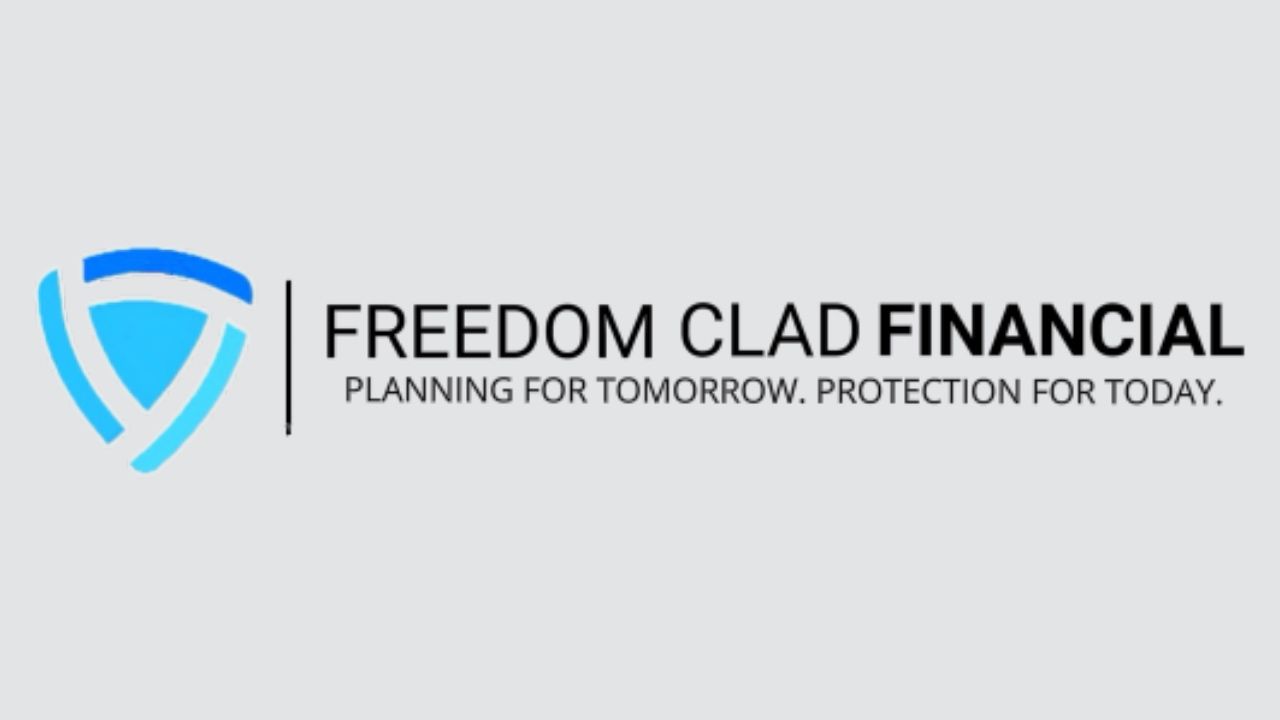Tips for Reducing Debt: Snowball or Avalanche? Which Method is Right for You?
Smash Your Debt: Choose Your Strategy
Feeling overwhelmed by debt? You're not alone. Many middle-class Americans are juggling various loans, credit cards, and other financial obligations. But there's good news: you can take control of your debt and work towards a brighter financial future. One of the most common questions people ask is: "What's the best way to start paying down debt?" Two popular methods often come up: the snowball method and the avalanche method. Let's dive into these strategies and figure out which one might work best for you.
The Snowball Method: Small Wins, Big Motivation
Imagine rolling a small snowball down a hill. It starts small, but as it rolls, it gathers more snow and grows bigger and bigger. That's the basic idea behind the debt snowball method.
Here's how it works:
- List all your debts: List them from smallest balance to largest balance, regardless of interest rates.
- Make minimum payments on all debts: Except for the smallest one.
- Throw every extra penny you can at the smallest debt: Once that's paid off, take the money you were putting towards it plus the minimum payment you were making on the next smallest debt and apply it to that one.
- Repeat: Continue this process, "snowballing" your payments as you knock out each debt.
Why it works: The snowball method is all about psychology. Seeing quick wins can be incredibly motivating. Paying off that first small debt gives you a boost of confidence and encourages you to keep going. This method is great for people who need that extra motivation to stay on track.
The Avalanche Method: Targeting High Interest
The debt avalanche method focuses on minimizing the total amount of interest you pay. It's a more mathematically efficient approach.
Here's how it works:
- List all your debts: List them from highest interest rate to lowest interest rate, regardless of balance.
- Make minimum payments on all debts: Except for the one with the highest interest rate.
- Put any extra money you have towards the highest-interest debt: Once that's paid off, take the money you were putting towards it plus the minimum payment you were making on the next highest-interest debt and apply it to that one.
- Repeat: Continue this process, "avalanching" your payments down the list.
Why it works: By focusing on the highest interest rates first, you save money on interest in the long run. This method is ideal for people who are more mathematically inclined and focused on minimizing costs.
Snowball vs. Avalanche: Which is Right for You? 🤔
There's no one-size-fits-all answer. It depends on your personality and financial situation.
- Choose the Snowball Method if:
- You need motivation to stay on track.
- You feel easily overwhelmed by debt.
- You're looking for quick wins to boost your confidence.
- Choose the Avalanche Method if:
- You're focused on saving the most money on interest.
- You're comfortable with a slightly slower initial pace.
- You're mathematically inclined and want the most efficient approach.
Beyond the Methods: Other Important Tips
No matter which method you choose, here are some additional tips to help you reduce debt:
- Create a budget: Knowing where your money is going is crucial.
- Stop adding to your debt: Avoid taking on new debt while you're working on paying off existing debt.
- Look for ways to increase your income: Consider a side hustle or asking for a raise.
- Consider debt consolidation: This can simplify your payments and potentially lower your interest rate (but be cautious and do your research!).
- Talk to a financial advisor: If you're struggling with debt, a financial advisor can provide personalized guidance.
The Takeaway
Getting out of debt takes time and effort, but it's definitely achievable. Whether you choose the snowball or avalanche method, the most important thing is to get started and stay consistent. By taking action and implementing these tips, you can take control of your finances and work towards a debt-free future.









